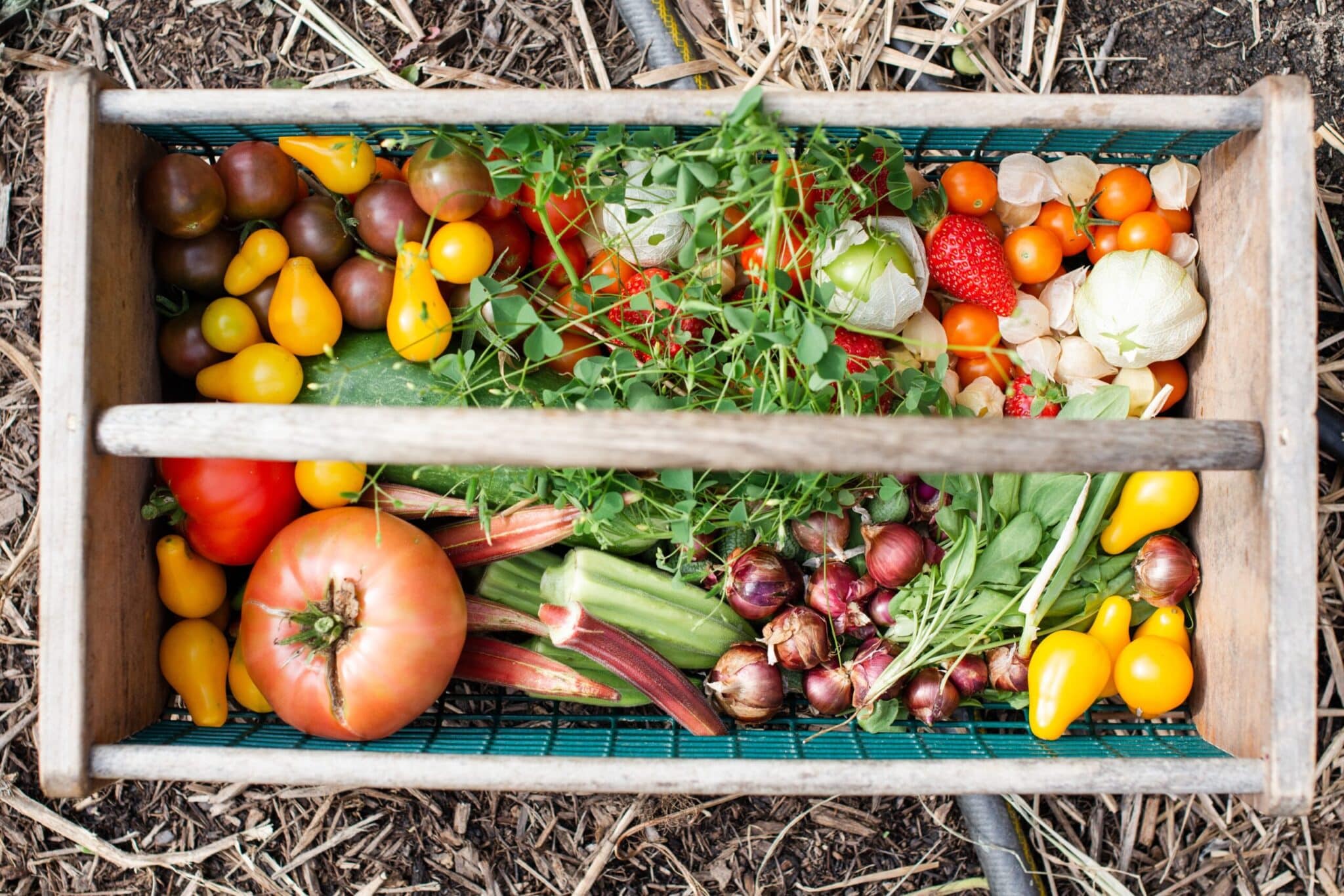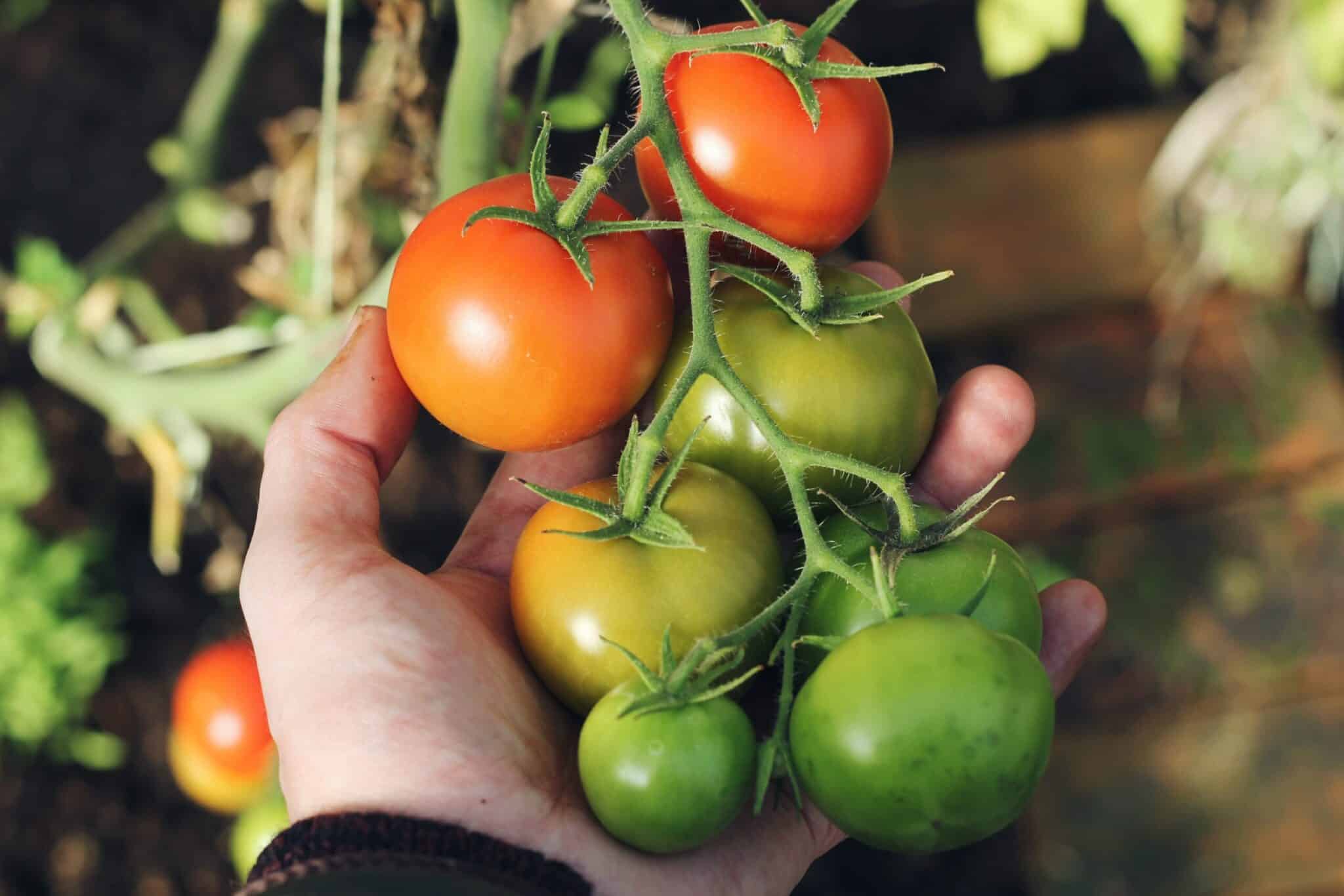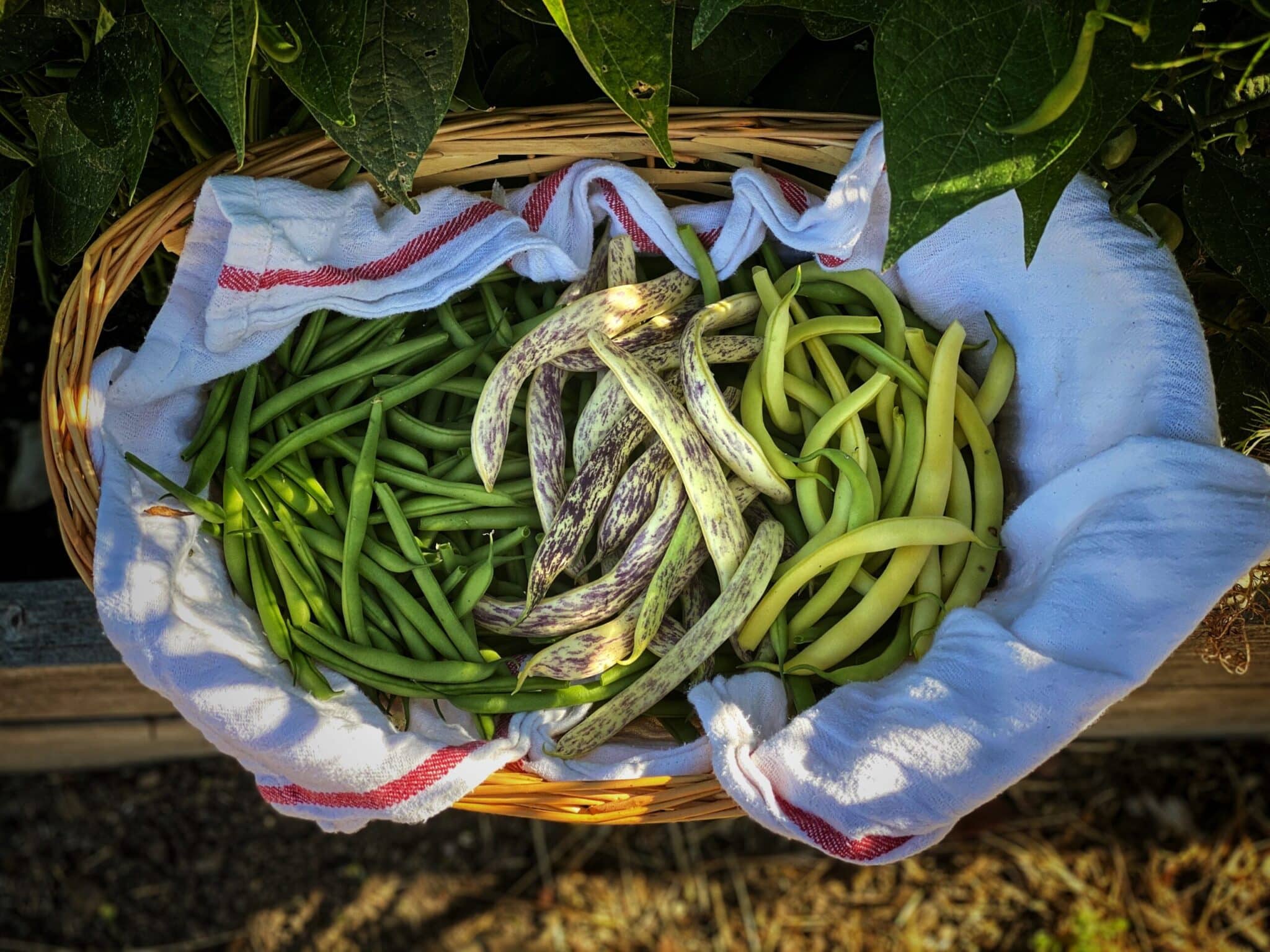The 5 Easiest Fruits & Vegetables to Grow as a Beginner Gardener
Your garden is meant to be an oasis of life, but all the best gardeners have been taught through experience that a bountiful harvest doesn’t just fall into place with any ol’ plant you throw in the ground.
Every garden is different, from climatic conditions such as temperature, humidity, wind, and sun exposure to soil conditions such as pH, physical structure, and biological health. What this means is that not every fruit or vegetable is suitable for every situation. Many edible plants will grow with at least marginal success even in inhospitable conditions, but you’ll be fighting an uphill battle the entire season, only to realize less than bountiful yields.
Luckily, quite a few crops can be forgiving when it comes to variability in different gardens. Let’s go over a few incredible go-to fruits and vegetables that are not just great for beginners, but also great for a very wide range of gardening situations, locations, and microclimates! Here are my top five “picks” (pun intended):

Zucchini:
Want to feel like you’ve won the lottery with large and heavy fruits for a harvest that continues through multiple months of the growing season? Zucchini is the answer!
I always like to say that one zucchini plant is enough to feed a small village, and while that might be a bit of an exaggeration, one of these plants in, good health, can be a challenge to keep up with when it comes to harvesting often enough before the fruits get too large! A single plant in peak production will provide a reasonably sized fruit about every other day. And yes, to those of you smirking about how zucchini is a vegetable, you should know that in horticulture, a fruit is defined as pretty much any plant structure that contains seeds, which is how I’ll be referring to them here. Knowledge is power! I digress.
Zucchini often gets infected with powdery mildew about halfway through the growing season and into the Fall. Honestly, you don’t have to worry about it if you don’t want to; just let nature take its course as you will have likely collected quite a bit of food already, and production will slow gradually (but not come to a screeching halt). If you want to extend the season even more, start applying preventative sprays of milk (any kind) to the foliage diluted at a 1:10 ratio with tap water. Zucchini plants can also take a good amount of water and nutrients so don’t worry too much about overdoing it on that account. More plentiful inputs mean more yield!
Tomatoes:
How can you not love tomatoes that are fresh and ripe off the vine? I think this is probably the plant that truly gets most of us into gardening in the first place. You’ll see a huge selection of tomato “cultivars” to choose from whether you’re buying seeds or transplants. The major consideration when picking out your tomatoes is whether to go with an heirloom or commercial variety. Both can perform quite well in a multitude of environmental conditions, and both have their pros and cons.
Heirloom tomatoes can generally be a little more finicky to grow, but some much more than others. A good way to think about it is the smaller the tomato, the more the yield. This doesn’t just mean more tomatoes because they’re smaller, this means the overall weight of your harvest for the whole season will be greater with small tomatoes than with large ones. It’s a bit counter intuitive, but large tomatoes take longer to develop and are more fragile, getting issues such as cracks, deficiencies, or pathogens before they ripen. You really just can’t go wrong with some cherry or grape tomatoes, which are also super fun to eat straight off the vine. One to four cherry tomato plants is typically plenty to keep a family of four snacking vigorously for months on end, and they’re great to cook with too!
On the other hand, commercial tomato varieties often provide medium to large sized fruits that are resistant to common problems and make for dependable harvests. The main complaint with these types would be that all of the tomatoes on a single plant ripen at the same time, which means that they are better for supplying bulk recipes with shelf life like salsas and sauces, rather than fresh eating on a sandwich or with a little salt and pepper. Really though, there are no bad choices for tomatoes at all as far as I’m concerned!

Kale:
If you haven’t discovered how versatile and delicious kale can be in the kitchen, I highly recommend giving it a culinary exploration. I’ll try to keep my discussion focused on how great it is to grow, but let me just say that if you don’t care for kale because of the texture, just try cutting out the mid-leaf rib and dice the rest small…then it blends in amazingly well with practically everything. I swear!
Kale is also a champ in the garden. There is a reason we can’t stop talking about it in the tough climate here in Colorado. It seems to grow right through tough dry spells, excessive heat, and below freezing temperatures, all while providing quite a lot of yield (and nutritional benefit) through practically the entire growing season! Kale will make you feel like a seasoned veteran when it comes to a successful harvest. Just pick off a few lower leaves as you need them.
The other thing I’ll mention is that it can be attacked pretty significantly by aphids and a few other leaf eating pests. It generally grows right through predation from insects without skipping a beat. Don’t be scared of a few holes eaten out of your leaves, and just blast any aphids off the more fragile new growth with a hose once or twice a week if you see them slowing down growth. Kale seems to do well in both relatively dry or wet conditions. It can also perform with relatively little nutritional additions to the soil yet doesn’t get upset when you accidentally throw on twice as much fertilizer than you meant to. You truly can’t go wrong with kale.
Basil:
Basil deserves a category all its own. From a culinary perspective, it’s an herb, and most other herbs grow at a snail’s pace. They also require some out of the box thinking in order to use them regularly in the kitchen. Basil is of course terrific in pasta sauces and anything caprese themed, but let us not forget how much it can spice up ordinary cuisine from stir fried rice, to salads, and even sandwiches or cocktails. And more great news, if you happen to grow way too much or you’re forced to harvest all of it at the threat of an early frost, there’s no such thing as too much pesto. Am I wrong?
For the gardener, it’s also easy to cultivate. Basil grows much faster from seed than most other herbs, and it thrives in typical garden conditions (i.e. moist, well-draining soil with partial to full sun). However, basil can actually perform quite well in the shade, and I would urge you to give it a try if you’re one of the many gardeners suffering from “wish I had more sun in my yard” syndrome.
A common trick with basil is to pinch off flowers as they start to develop. This is because you don’t want the plant to start prioritizing reproductive growth over vegetative growth (the leaves). Here in hot dry Colorado, basil tries to flower fairly early in the season, but a bit of shade during mid summer can keep it from feeling pressure to flower. Basil also has good pest and disease resistance. It even helps repel (or at least confuse) pests that might attack other nearby plants, and when it does inevitably flower, those flowers attract a diverse array of beneficial insects. Basil can really bring the whole garden together!
Beans:
Oh, the wonderful bean, traditional yet spunky – business in the front, party in the back! Beans have got to be one of the most fun fruits to eat fresh-picked. You’ve also gotta love them in soups or salads, refried, spiced, pickled, or even mashed and mixed into patties or with proteins. Their full-bodied wholesomeness rivals anything else you can pull out of the ground (or the pantry). Ordinary grocery stores provide very little varietal selection compared to what you can find in the typical nursery, so why settle? Some are quite colorful and fun, and bean plants are among the most rewarding to start from seed.
There’s a reason that beans are the seeds you were given as a five-year-old to try and keep alive in the classroom. They germinate on a dime, and you can even stop right at the sprouting stage and eat them as is! In fact, beans are so darn easy to sprout that you can “direct sow” them typically with high success – this means you can plant them directly into the ground rather than from transplants. They’ll pop right up with just a couple days of moist soil. You can plant a big handful of them and have enough for standalone dishes or if you plan to take them out of the pod for a surprisingly sweet side dish or some classic chili. Beans thrive in warm to hot environments, and they produce abundant amounts of fast-growing nutritious fruit. You’ll harvest a heaping basket of these beauties every 2-3 days when they’re in full production!

Well gosh golly, I feel like a big jerk for leaving out so many other incredible edibles that you can bring to fruition with just a little sun and soil. Alas, these five heavy hitters will provide you with some all-but-guaranteed yields and create a diverse spread of inspiration in the kitchen!
To leave you with a bit of garden wisdom, try to stand back and allow the garden to decide for itself which plants thrive the most. Make observations about which plants are growing best in which areas of your garden. Take notes, and pictures too!
Keep in mind that it is much easier to change your plant selection than it is to change your environment. Try not to get too attached to the idea of growing something if your soil or your mico-climate just isn’t having it. Maybe try a few different places in the garden for the same crop to expedite the learning curve. And lastly, remember that whatever your unique conditions are, don’t get discouraged about plants that don’t live up to your expectations.
Want to improve your chances of success? Just add some quality compost, and try all five of these unbeatable go-to garden champions!
This guest post is authored by Cody Hitchcock. Cody is a horticulturist by profession as well as an urban agriculture enthusiast invested in outreach and education to improve human and environmental health.

